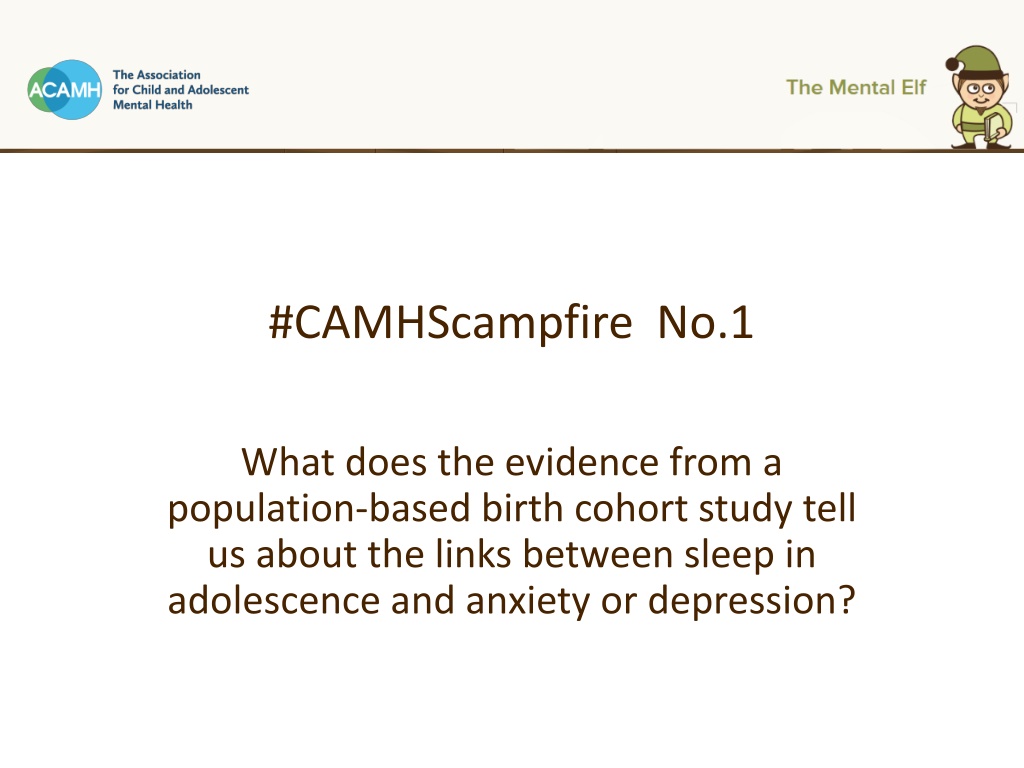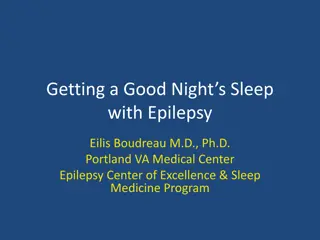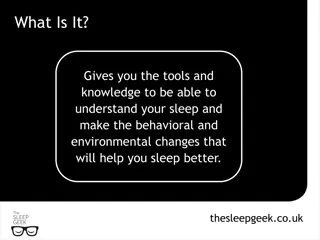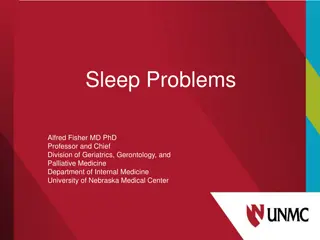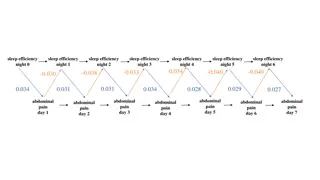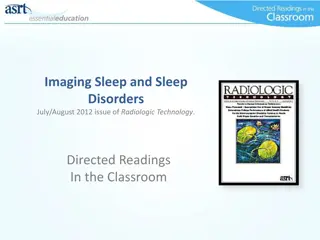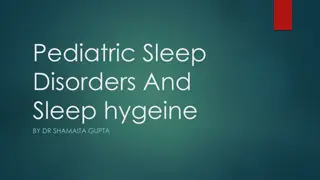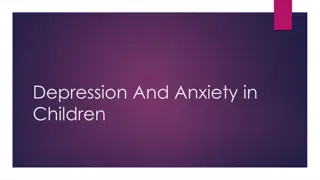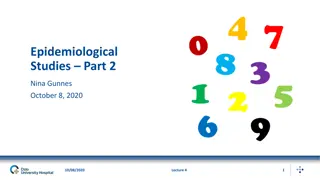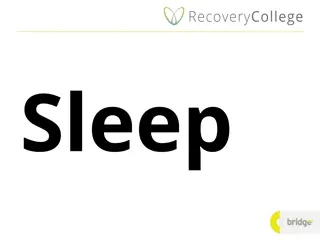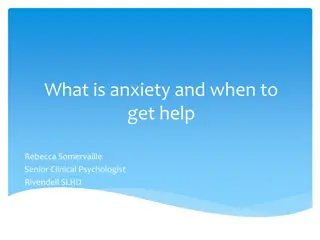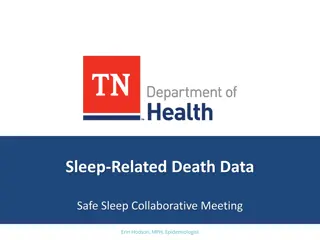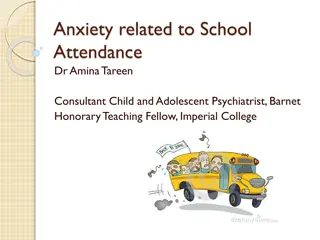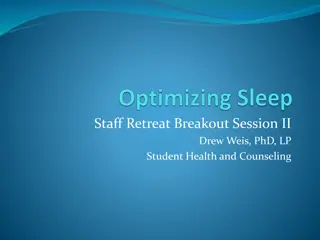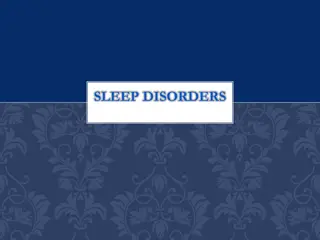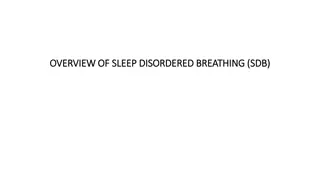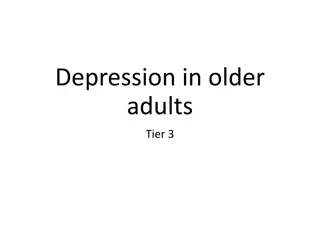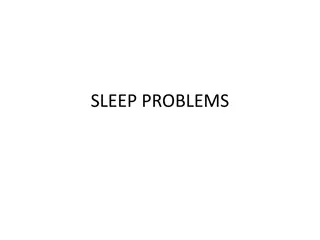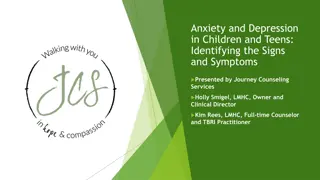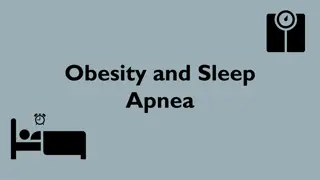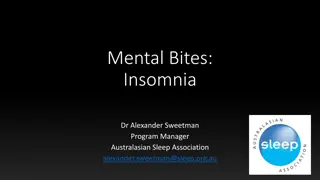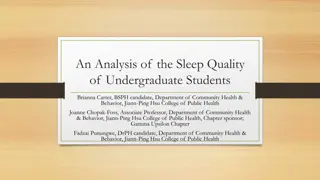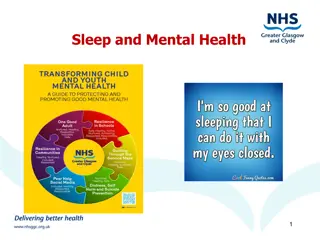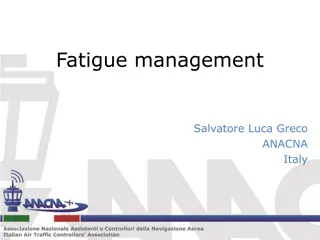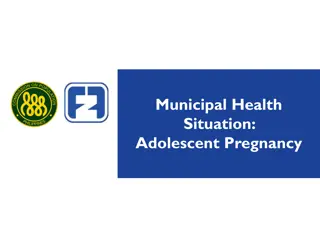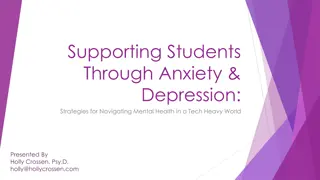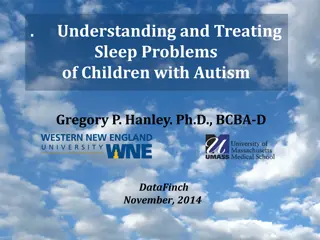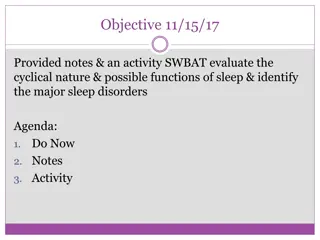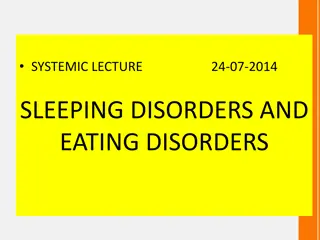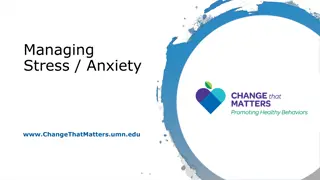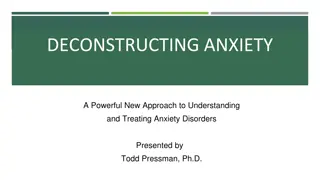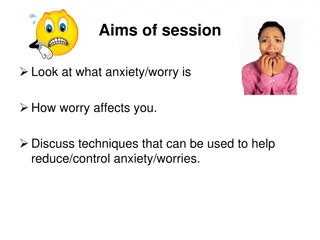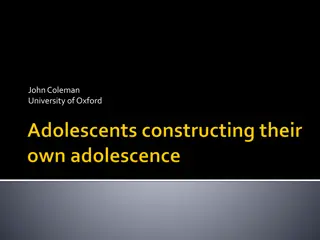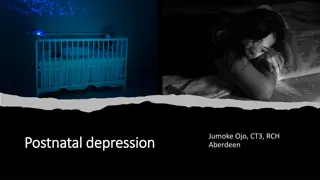Links Between Adolescent Sleep and Anxiety/Depression: Insights from Birth Cohort Study
Evidence from a population-based birth cohort study, ALSPAC, reveals that adolescents with depression tend to have poor sleep patterns, including late bedtimes and reduced total sleep time. Those reporting less sleep at age 15 were more likely to receive anxiety or depression diagnoses at ages 17 and 24. The study's cross-sectional and longitudinal analyses highlight the impact of sleep quality on mental health outcomes during late adolescence and early adulthood.
Download Presentation

Please find below an Image/Link to download the presentation.
The content on the website is provided AS IS for your information and personal use only. It may not be sold, licensed, or shared on other websites without obtaining consent from the author. Download presentation by click this link. If you encounter any issues during the download, it is possible that the publisher has removed the file from their server.
E N D
Presentation Transcript
#CAMHScampfire No.1 What does the evidence from a population-based birth cohort study tell us about the links between sleep in adolescence and anxiety or depression?
The agenda 1. Introductions 2. What is the research question? 3. Is this evidence valid? 4. What are the findings? 5. Is this valid, important evidence helpful? 6. Closing remarks Please use the chat window to post any questions you have.
Hello! Andre Tomlin (Chair, The Mental Elf) Nkem Naeche (McPin Foundation Young Person s Network) Colin Espie (Blogger, expert sleep researcher and clinical psychologist) Faith Orchard (Lead researcher) Douglas Badenoch (Information specialist, Minervation) Steph Lewis (Psychiatrist and researcher, ACAMH) Please use the poll to tell us about yourselves!
ALSPAC study Avon Longitudinal Study of Parents and Children Population-based birth cohort study Clinical assessment at age 15 (N=5,033) Outcomes at ages: 17 (N=3,528) 21 (N=3,463) 24 (N=2,853)
Study methods This first part of the study is a cross-sectional analysis to examine sleep habits at age 15 years and to compare the sleep quality and sleep patterns of those who met diagnostic criteria for an anxiety disorder and/or depression to those with no anxiety or depression. The second component of the study is longitudinal anxiety and depression were assessed when participants were aged 17, 21 and 24 years Numbers were smaller at these follow up points i.e. N = 3,347; N = 2,363; and N = 2,719 respectively. This tests the association between sleep patterns and quality at 15 years and symptoms and diagnoses of anxiety and depression that were present in late adolescence and early adulthood.
Study findings There were two main sets of findings from the research. 1. 15-year-olds with depression fell asleep later on school nights and reported getting less sleep on both school nights and weekends, than 15-year-olds with no depression. They also slept less well than those who were anxious but not depressed. 15-year-olds with depression or anxiety reported a wide range of problems with their sleep compared with those with good mental health. 2. Reporting having less total sleep time on school nights at age 15 years predicted receiving a diagnosis for anxiety and depression at ages 17 and 24 years.
